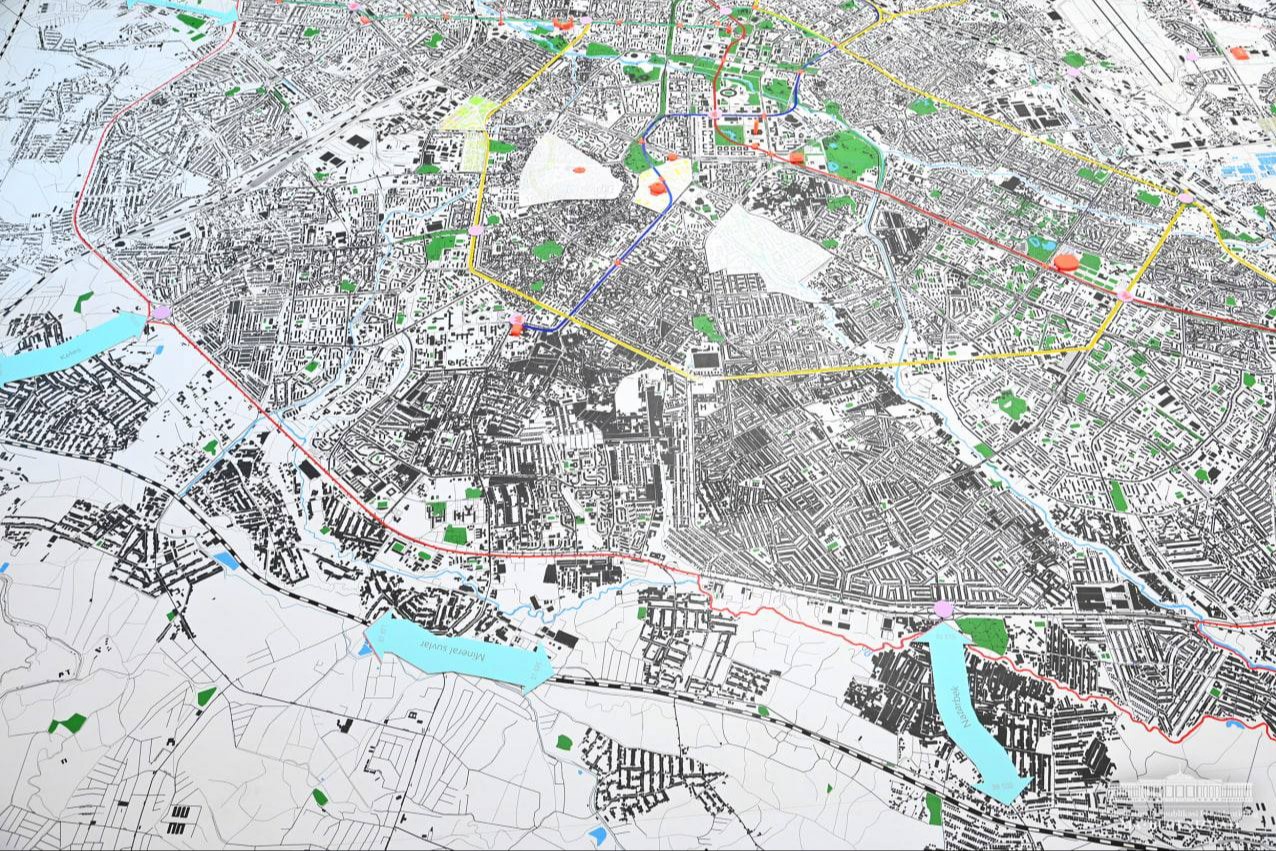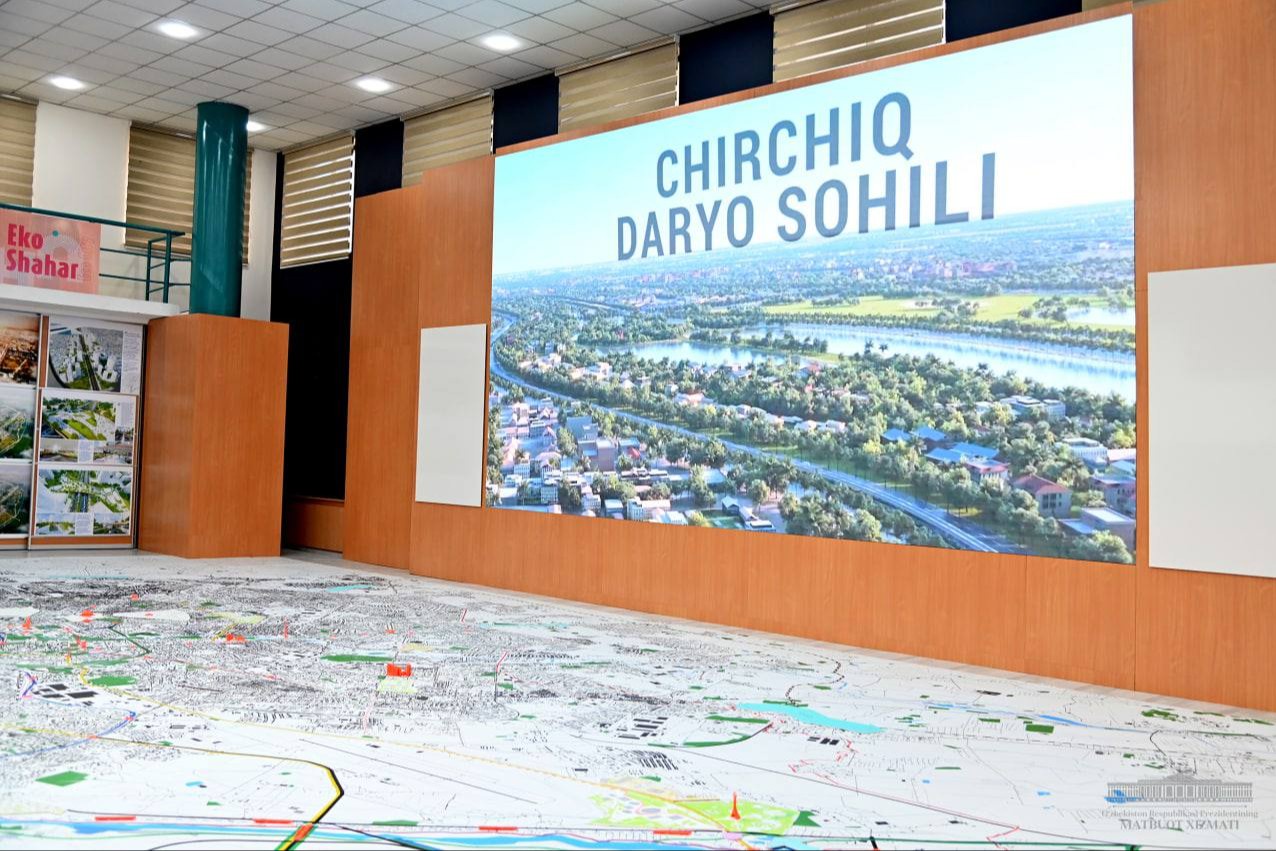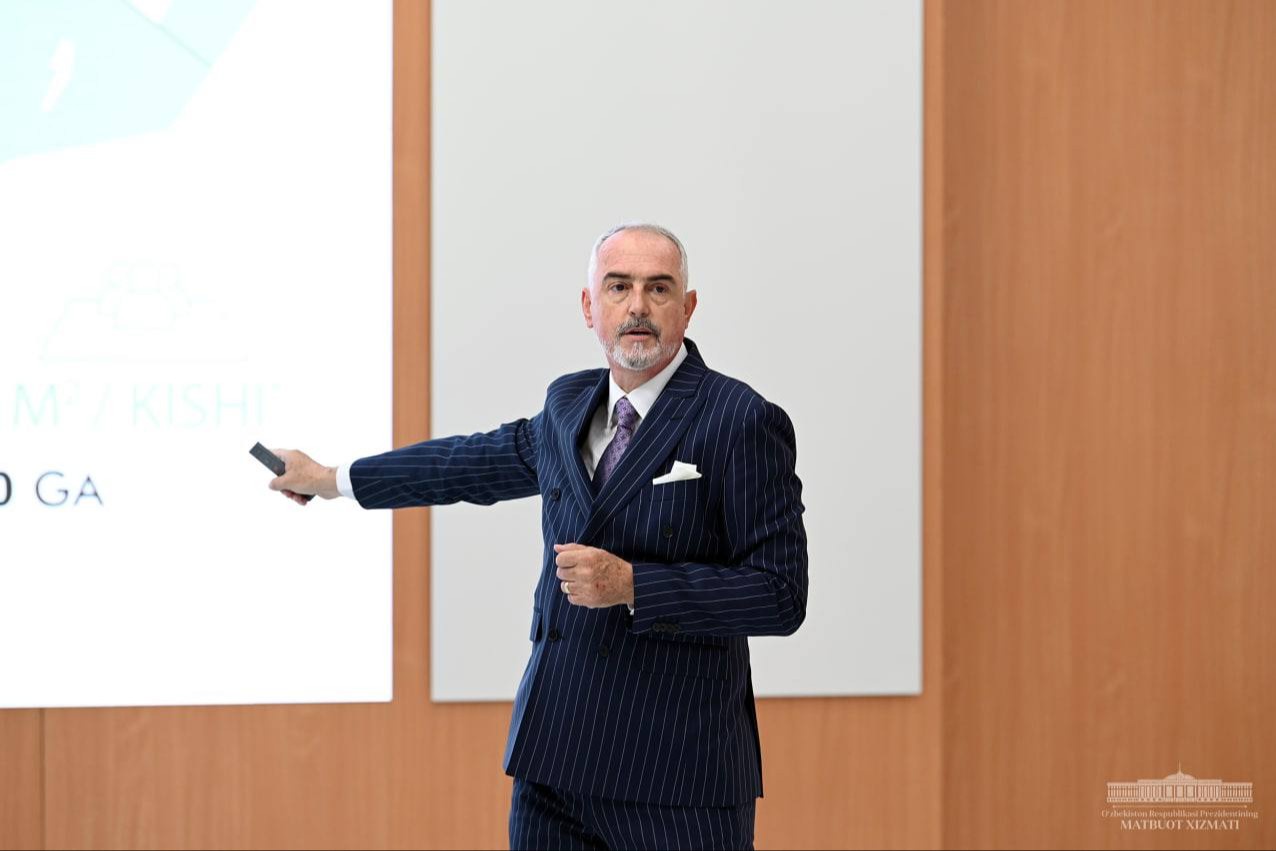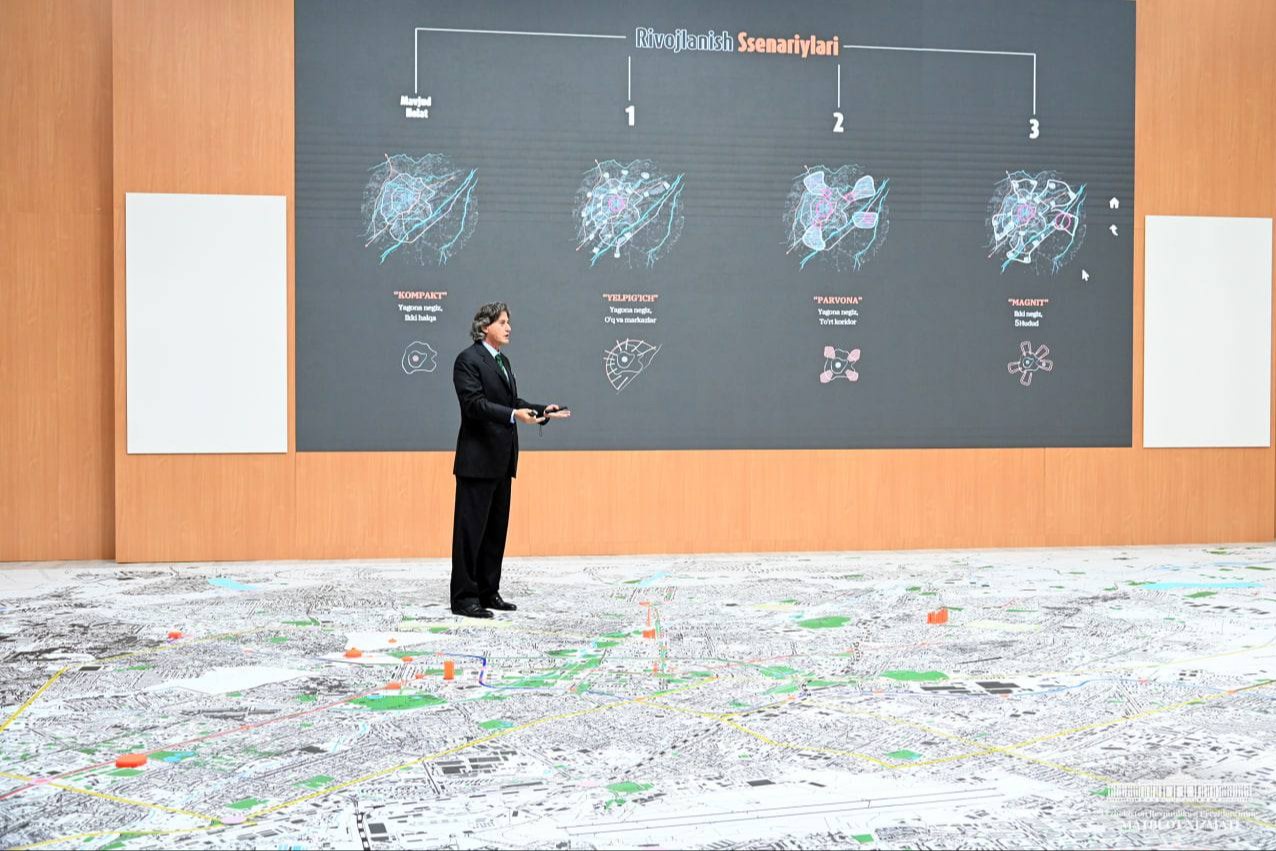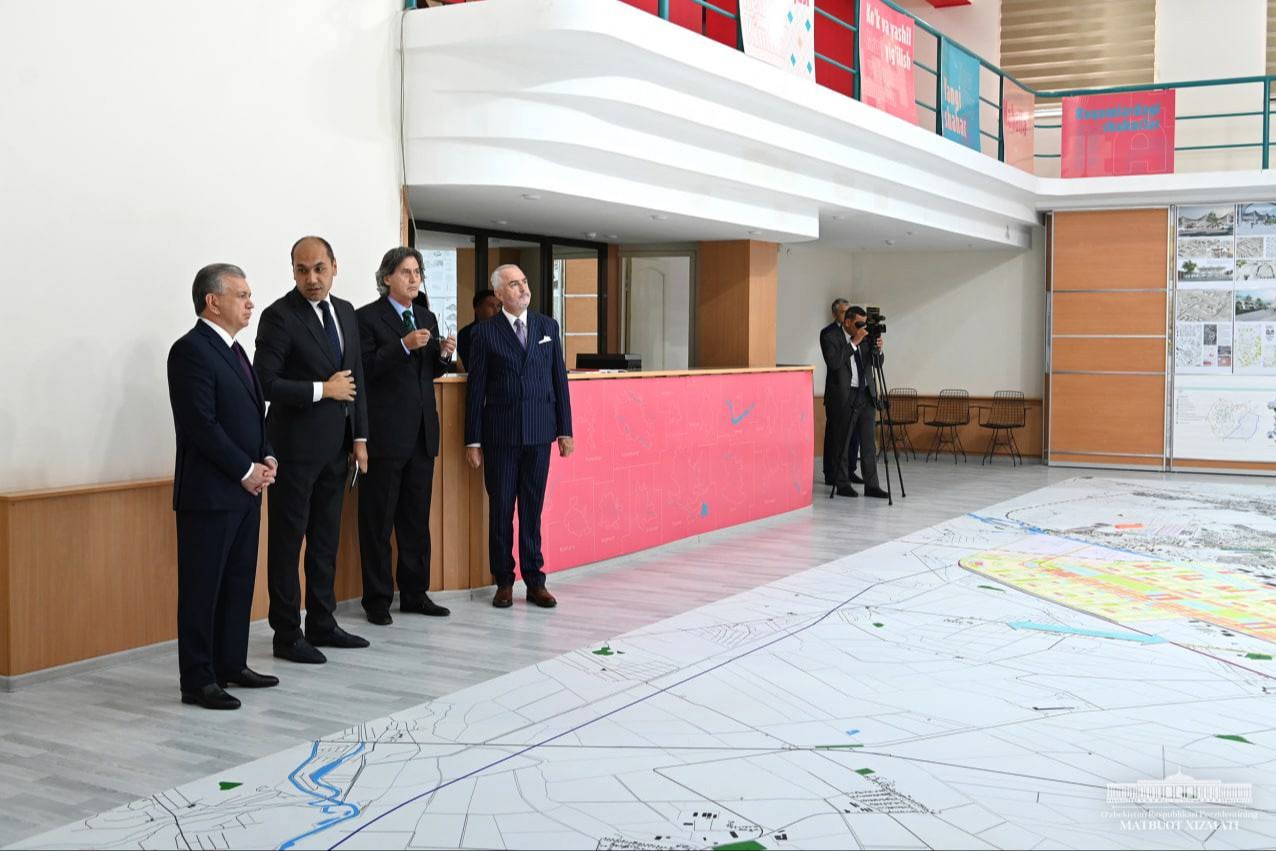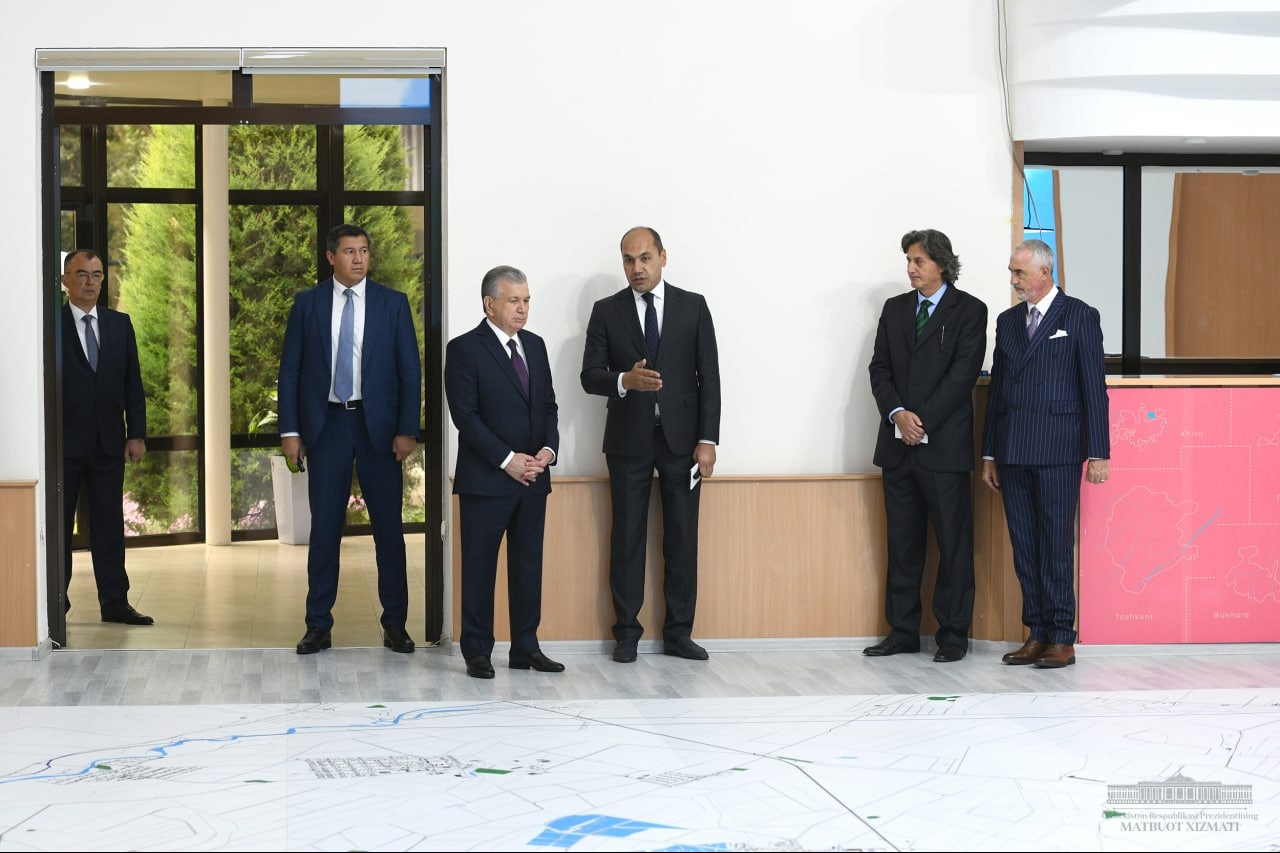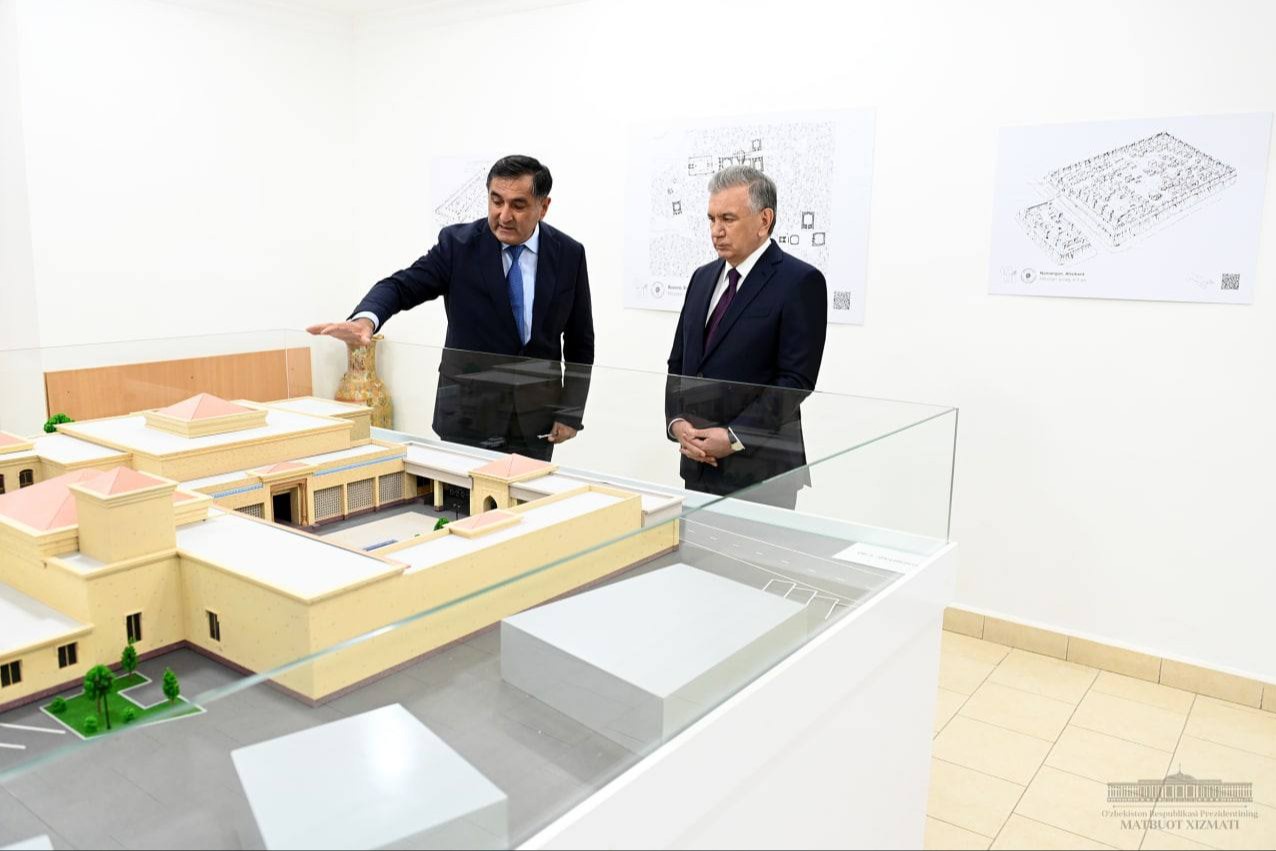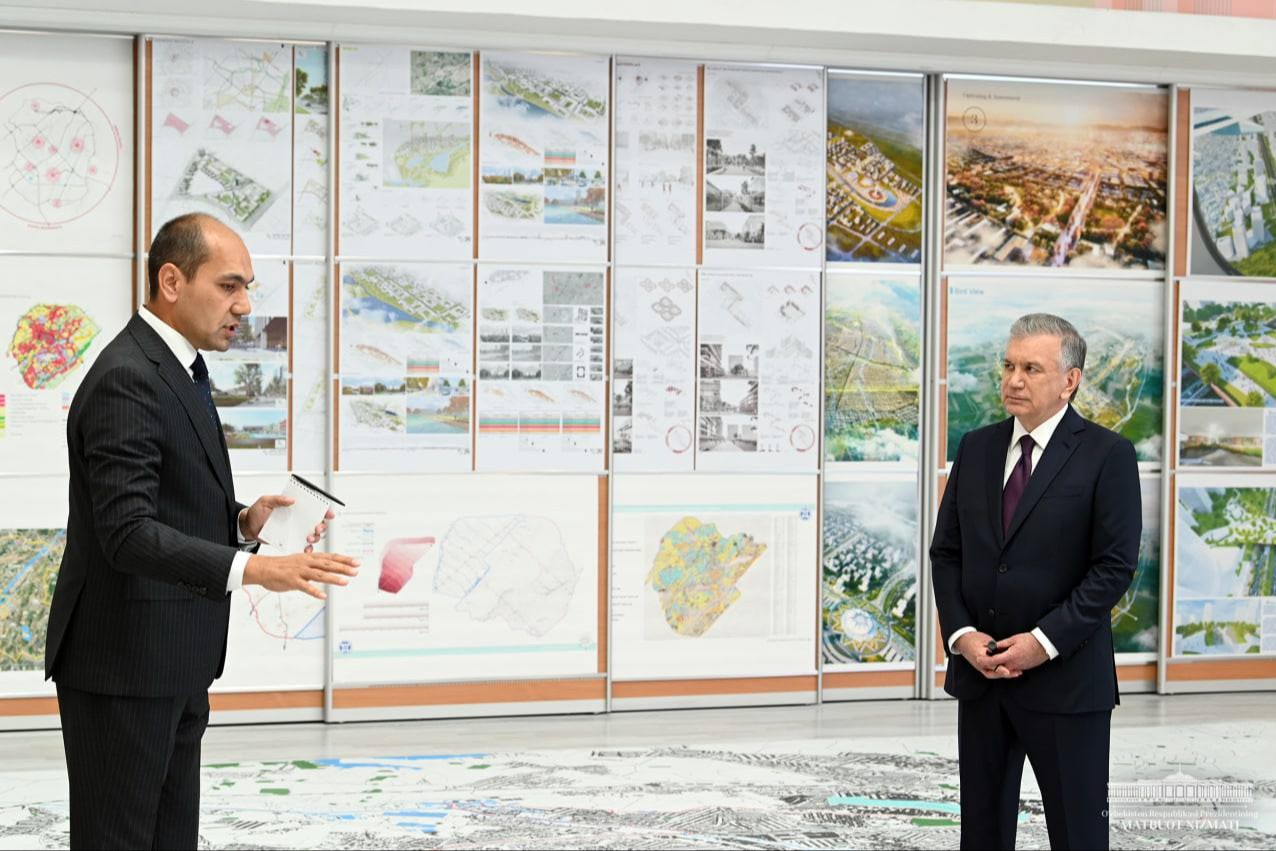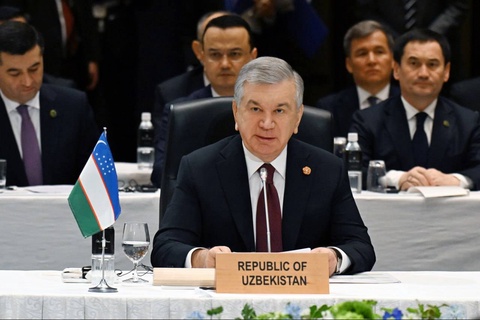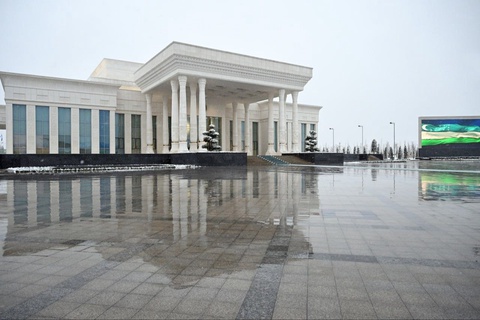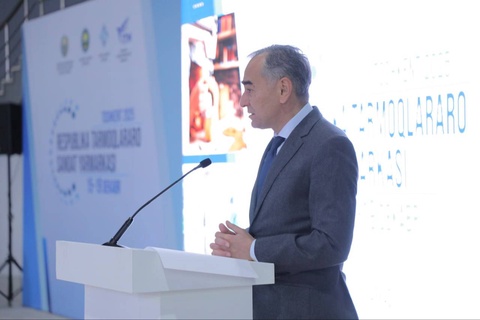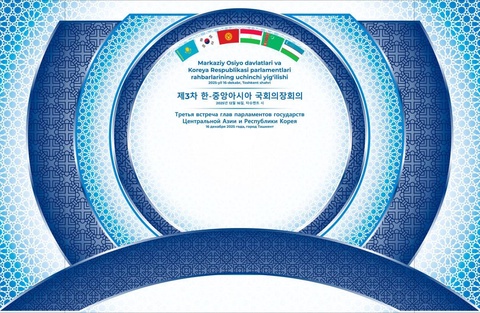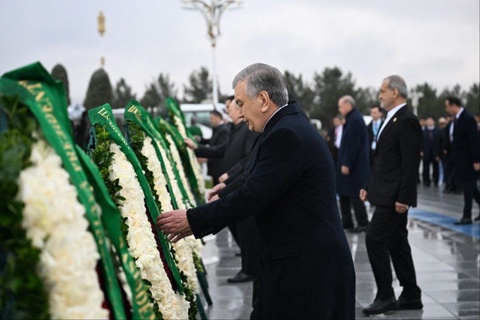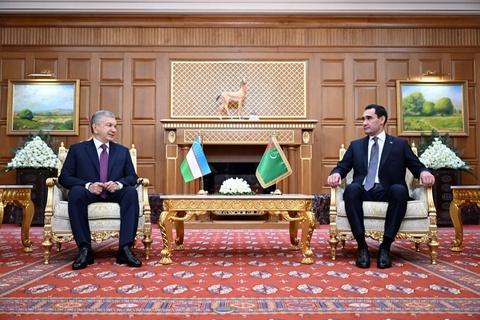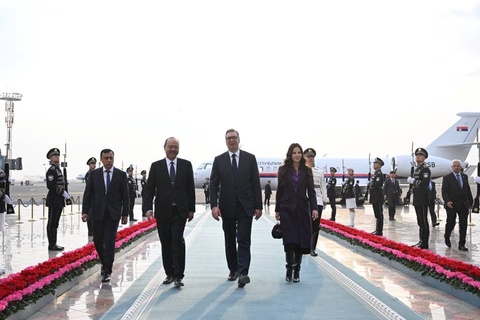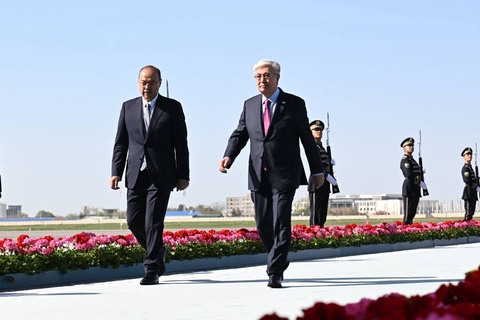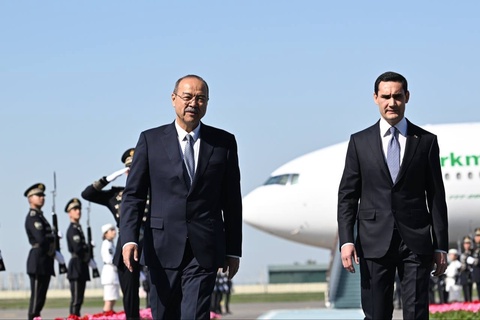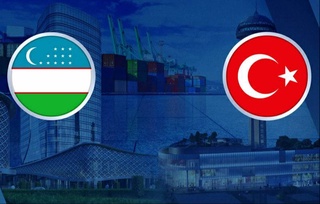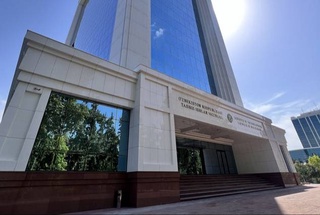“Tashkent is our beautiful capital, the largest city in our country. In five years we have created conditions for investment and entrepreneurs. New houses and modern facilities have been built. Now it is necessary to think about the future and clearly define a strategy, otherwise, in ten years, life in the city will become more complicated. The infrastructure will not withstand the additional load. From now on, we have no right to make mistakes. If we do not make a project looking 50 years ahead, taking into account all the amenities for the people, the city will remain without architecture, without economy, without ecology”, the President said.
Today, the territory of the city of Tashkent is 43 thousand hectares, the population is approaching 3 million people. The load on the infrastructure has increased. The number of vehicles is growing every day, and road traffic is becoming more and more complex. Dust and smoke negatively affect the environment.
Paying special attention to this issue, the President set the task to preserve the architectural appearance of the capital, to take future construction projects outside the city. In particular, the concept of further development of the city was discussed last year at the opening ceremony of the New Uzbekistan Park and a meeting with Tashkent voters.
The developers approached the task seriously and thoroughly. Foreign and domestic designers have been working on the project at the ToshkentboshplanLITI State Unitary Enterprise for two years. The dynamics of population growth, the state of transport and engineering communications, climate change were analyzed, and a strategy for the development of transport hubs and settlements was developed based on this.
The President was informed about this strategy during the presentation.
First of all, it is planned to digitize the cadastre of the city of Tashkent and make public information about land categories. Users, including those who want to open their own business, can find out via the Internet which category a particular site belongs to.
Public transport will be improved to solve the problem of traffic jams. The presence of a bus stop within a radius of at least 15 minutes on foot from the house will become mandatory. Parking lots near public transport stops will also be organized on the outskirts of the city on the principle of Park and Ride.
Another important measure is the establishment of social requirements for buildings. For example, if a multi-storey building is planned to be built in a city, depending on its type, certain standards will be established for the availability of a school, kindergarten, consumer service centers, parking spaces, as well as for the area to be landscaped.
The concept of New Tashkent is integrated into the draft master plan of the city of Tashkent until 2045. This new city will be built to the east of the capital, between the Chirchiq and Qorasuv rivers. It will be designed to accommodate 500 thousand people.
Based on this, promising areas of development and housing, and schemes of the main roads connecting the capital with the new city have been developed. In the first stage, it is planned to build up 6 thousand hectares.
Greening is important in the current era of global warming. To date, there are 7 thousand hectares of green areas left in the city of Tashkent. Based on the national project Yashil Makon (Green Space) initiated by the President, the draft master plan provides for the creation of a green belt around the great ring road, and the organization of theme parks along the canals flowing through the city. In general, it is planned to increase the green areas to 25 thousand hectares.


